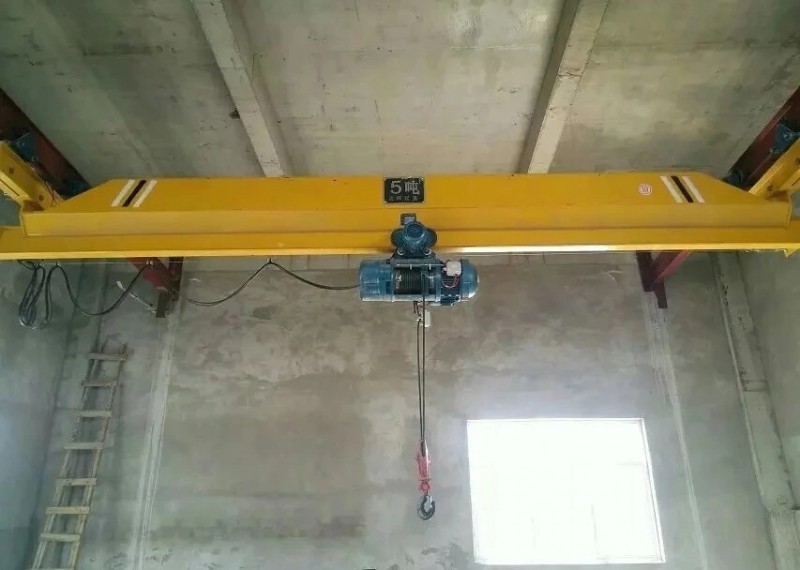
Safety inspection record sheet for hoisting and rigging
In order to ensure the safe use of lifting slings and rigging, daily users should conduct regular visual inspections of slings and rigging (including pre-use and intermittent use). When defects that affect the safe use performance are found, they should stop Use and check according to the regular inspection requirements.
The user unit conducts regular inspections once a month. The user unit should designate a full-time staff to make safety evaluations and make inspection records in accordance with the safety technical requirements for spreaders and rigging.
Safety inspection record sheet for hoisting and rigging
| Equipment name | Use unit | check the time | |||||||
| Serial number | name | Inspection standards | test result | ||||||
| Qualified (√) | Unqualified (×) | ||||||||
| 1 | Wire rope, chain | Must have factory certificate, manual and relevant technical information, such as material, strength, label, etc. | |||||||
| There shall be no damage caused by broken wires, broken strands, corrosion, flattening, bending and arcing | |||||||||
| When using four steel wire ropes (chain links) to lift heavy objects, the four wires should have the same length and the lifting objects should be basically level | |||||||||
| The length of the connecting rope buckle of the steel wire rope should not be less than 150mm, and the flower arrangement should not be less than 3 | |||||||||
| The amount of wear or corrosion of the wire rope should not exceed 10% of the original diameter | |||||||||
| No more than 12 wire breaks per lay length | |||||||||
| The wire rope has no loose strands, knots, exposed cores, etc. | |||||||||
| 2 | Hook | The hooks shall be inspected at least once a year, and the frequently used hooks shall be inspected every quarter | |||||||
| Check whether the hook is cracked, deformed, and whether the hook nut and anti-loosening device are loose | |||||||||
| The hook assembly part must be overhauled at least once a quarter, clean and lubricated | |||||||||
| Dangerous section wear shall not exceed 10% of the original size (hooks manufactured according to GB10051.2 shall not exceed 5% of the original size) | |||||||||
| The torsion deformation of the hook shall not exceed 10%, and the dangerous section of the hook or the neck of the hook shall not be plastically deformed | |||||||||
| The wear of the plate hook bushing must not exceed 50% of the original size, and the wear of the hook mandrel must not exceed 5% of the original size | |||||||||
| 3 | Sling | Whether the surface is cut, severely scratched, loose strands, or partially broken. Whether the lifting belt is severely twisted, deformed, fluffed, or cut off the horizontal edge | |||||||
| The sling has no mildew, acid and alkali burns, hot melt scorching, loose surface, and corrosion. | |||||||||
| The surface is severely worn, and the wear reaches 1/10 of the width of the original lifting belt | |||||||||
| The synthetic fiber sling appears softened or aged (yellow), the surface is rough, and the synthetic fiber peels off | |||||||||
| 4 | There is a problem | ||||||||
| 5 | Rectification conclusion | ||||||||
Inspectors
Note:
1. The operator must check all the hoisting and rigging according to the inspection standards before the equipment is operated every day.
2. It is strictly forbidden to use the unqualified slings found out, and must be scrapped and removed from the site immediately.


